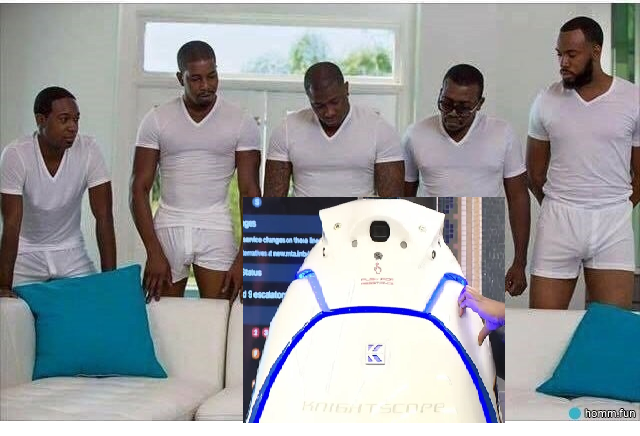

While that’s true, this isn’t a specific engineering problem. You need to grab a single cell from each relevant subcluster of neurons in the spinal cord, spatially record the exact positioning, send it off to have RNA seq. done, sample all of the subclusters of the target area, spatially record exact positioning, send it off to have RNA seq done, resample based off of RNA seq data, begin axon regrowth of a single subcluster, and then repeat after every growth cycle to ensure the targeting is holding.
You can improve RNA sequencing machines to reduce runtime, improve spatial tracking to make it easier to keep track of the anatomy, but without sci-fi advances in implant technology you can’t get around the sheer amount of procedural time requiring MD-PhDs and post docs to be involved in every visit.
One of the issues with medical technology is that we know far more about how the human body operates than we can control, so compared to biological structures our manipulation of biology at the cell specific level is relatively crude. I’m not saying tech won’t catch up, but it’s going to be ruinously involved for a very long time.


Confused me for a second, because I just saw this about growing teeth, which is aiming for reaching market in 2030, which is relatively soon. So hopefully you’ll be able to see that before people start shoveling dirt at you.